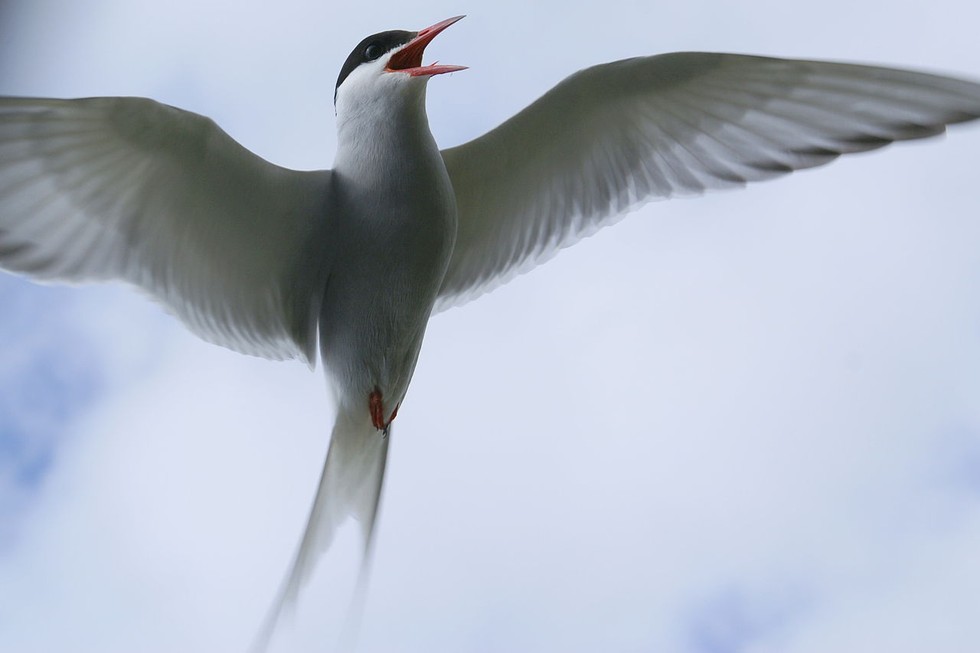The discovery, reported in the journal Nature Communications, adds to the growing body of evidence that the excrement from at least certain animals, such as whales, can affect climate.
"This study highlights important connections between seabirds, atmospheric chemistry and climate that we don't yet fully understand," co-author Gregory Wentworth of the University of Toronto's Department of Chemistry told Seeker. "It's important to consider how changes in seabird population will affect the process."
Wentworth previously led a study that determined seabird colonies are significant sources of atmospheric ammonia in the Arctic during the summertime, when tens of millions of breeding bird pairs nest in the region. How their massive amount of waste relates to ammonia, which impacts climate, involves a chain of events that starts, not with birds, but with fish.
He explained that fish are rich in nitrogen. Seabirds consume fish, and so their excrement, known as guano, contains ample amounts of uric acid, a nitrogen-containing molecule. Uric acid, in turn, is broken down by microbes into ammonia, and this reduced-nitrogen gas is released into the atmosphere. There, ammonia molecules can cluster together with other gases, namely sulfuric acid and water vapor, to form very tiny solid aerosol particles.
The new study, led by Betty Croft of Dalhousie University's Department of Physics and Atmospheric Science, used ammonia emissions data for various seabirds to model how the resulting atmospheric particulate matter impacts cloud formation and cooling at Alert, Nunavut, in the Canadian Arctic. In addition to tufted puffins, the birds included dovekies, black-legged kittiwakes, thick-billed murres, Arctic terns, northern fulmars and 317 other seabird species.
 |
| Arctic tern. |
These droplets are important, because they can make existing clouds more reflective of the incoming energy from the sun. That is when the temperature can start to fall.
"The cooling effects occur when the clouds are reflecting sunlight back into space," Wentworth explained. "This effect is largest for clouds over darker surfaces, such as the open ocean, and is relatively minor over bright surfaces like sea ice and snow."
Since the Arctic has experienced considerable warming in recent years, this literally cool process is a welcome find.
 |
| "Guano Mountain" at Vancouver Island, British Columbia. |
It is because of our polluting ways that any possible beneficial cooling resulting from birds outside of the Arctic, such as seagulls soaring and splattering around beaches, is negated.
Croft explained that "in more polluted environments, the gas-phase ammonia has a greater tendency to just condense on to existing atmospheric particles, as opposed to forming any additional particles, which are key in the guano-to-particle-to-cloud process that we considered in the study."
Read more at Discovery News

No comments:
Post a Comment